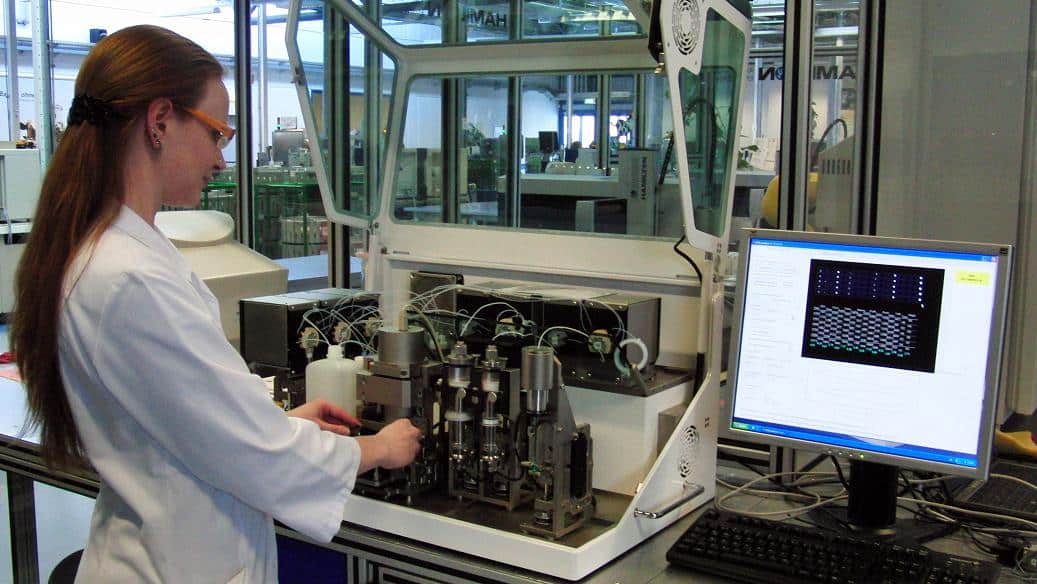A new "lab-on-a-chip" method for sorting and identifying bacteria was developed by biomedical engineers from the University of Hong Kong in Taiwan

A new "lab-on-a-chip" method for sorting and identifying bacteria was developed by biomedical engineers from the University of Hong Kong in Taiwan. The research findings were published in the scientific journal Biomicrofluidics.
Using grooved glass plates containing gold electrodes, the researchers made microchannels used to sort, trap and identify bacteria. The method utilizes surface-enhanced Raman spectroscopy. This spectroscopy, the researcher explains, "is based on the measurement of the resulting light that originates from the energy levels of the vibration of the chemical bonds obtained following energetic excitation of a metal surface, which increases the energy of the vibration."
"Various components, such as proteins or other chemical components, found on the surface of the bacteria bind to the metallic area of the gold; Following energetic excitation, these components yield characteristic and defined absorptions at different wavelengths, while obtaining spectral "fingerprints". Although different strains of bacteria may produce very similar spectral signatures since the components on their surface are almost identical, the researcher points out, bacteria of different species can be differentiated using this method.
"In the future, it will also be possible to differentiate between different strains of mushrooms based on their different electronic and physical properties by optimizing the measurement conditions, such as the flow rate, the applied electrical voltage and the frequency," notes the researcher.
"This portable device could be used for initial screening of the disease-causing agents found in contaminated blood or urine samples, and in raw milk, as well as for monitoring food products."

One response
The university is of course not the University of Hong Kong, but:
National Cheng Kung University, Tainan 70101, Taiwan